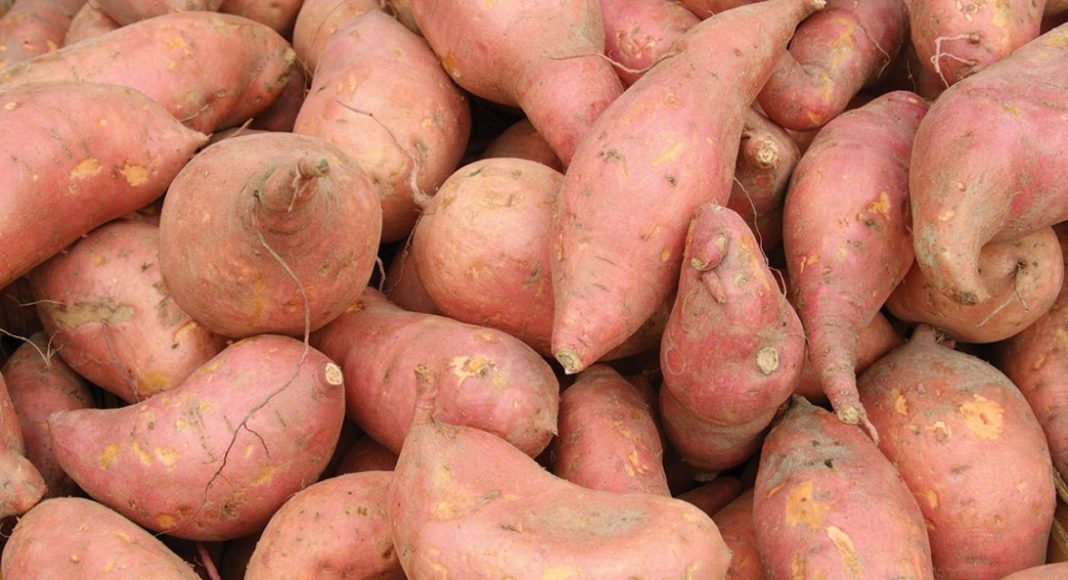Sweet potatoes were domesticated thousands of years ago in the Americas. So 18th century European explorers were surprised to find Polynesians had been growing the crop for centuries. Anthropologists have since hypothesized that Polynesian seafarers had brought the tuber back from expeditions to South America — a journey of over 7,500 kilometers.
New genetic evidence instead suggests that wild precursors to sweet potatoes reached Polynesia at least 100,000 years ago — long before humans inhabited the South Pacific islands, researchers report April 12 in Current Biology. If true, it could also challenge the idea that Polynesian seafarers reached the Americas around the 12th century.
For the new study, the researchers analyzed the DNA of 199 specimens taken from sweet potatoes (Ipomoea batatas) and 36 species of its wild relatives. The goal, says plant geneticist Tom Carruthers of the University of Oxford, was to “gain insight into the origins of the sweet potato — when it arose, where it arose and how it arose.”
Carruthers and his colleagues confirmed previous research that the sweet potato’s closest relative is the flowering Ipomoea trifida, which is similar to a morning glory. The genetic analysis shows that sweet potatoes originated from I. trifida at least 800,000 years ago, and then later interbred with I. trifida. It also shows that a specimen preserved from Captain James Cook’s 1769 expedition to the South Pacific is genetically different from South American sweet potatoes.
The researchers calculated the average rate of genetic change for the plant, determining that the Polynesian sweet potato diverged from its South American cousin at least 100,000 years ago. That suggests the plants, or their seeds, somehow migrated across the ocean on their own, possibly via wind, water or birds. Precedent exists, the authors note. Two other Ipomoea species crossed the Pacific millions of years ago — to Hawaii in one case, and to islands from Polynesia to Madagascar in the other.
“It could be true,” says biological anthropologist Lisa Matisoo-Smith of the University of Otago in New Zealand. But she and other researchers remain dubious about the findings. Among the issues, the analysis involved just a single historical sample. That doesn’t provide “enough data to reject the argument of human-mediated transport,” Matisoo-Smith says. And it’s unlikely that I. batata would have been domesticated independently in different places and look the same, evolutionary biologist Caroline Roullier at CNRS in Montpellier, France, and others argue.
Genetics are only part of the sweet potato puzzle. Archaeological, anthropological, historical and other data all need to be considered, Roullier says. For instance, the Polynesian word for the tuber, “kuumala,” is extremely similar to the Andean people’s Quechuan word, “kumara.” This linguistic evidence for humans introducing sweet potatoes to the South Pacific is highly compelling, says anthropologist Seth Quintus of the University of Hawaii at Manoa.
The new study leaves “a lot of questions that are not answered,” Quintus says. And it doesn’t change the accomplishments of Polynesian navigators, he says. “They were the greatest in the world at that time.”
Source: Science News











